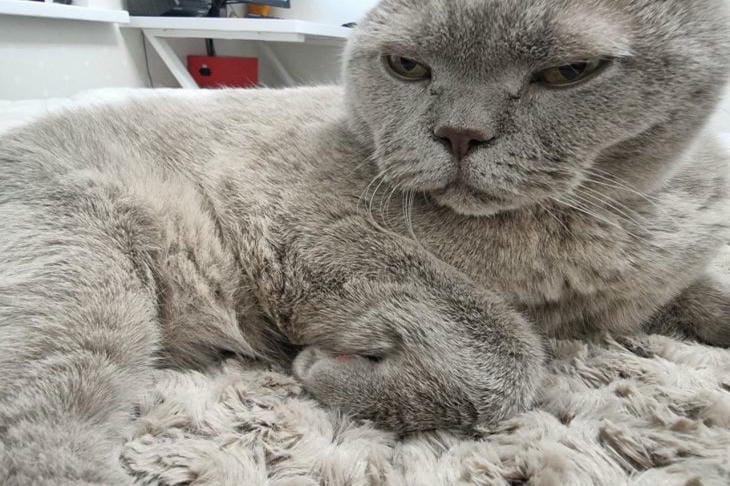Cats are among the animals that are able to clearly express their emotions and preferences.
Animal behaviorists identify a number of characteristic signs that can be used to determine a pet's attitude toward a person.
Understanding cat language will help you establish contact.

Body language
The cat's postures and movements say a lot. Pressed ears, bristling fur, a tense tail indicate a negative attitude. The animal tries to seem bigger, takes a defensive position when an unwanted person approaches.
Avoiding contact
A person that the cat does not like makes it want to hide. The pet leaves the room when a certain person appears, hides under furniture, avoids touching. The animal can demonstratively turn away or look for shelter.
Aggressive manifestations
Discontent may be expressed in aggressive behavior. Hissing, growling, attempts to scratch or bite are clear signs of hostility. A cat may attack a person without apparent provocation or when attempting contact.
Voice signals
The intonation of a cat's meow changes depending on its emotional state. A low, guttural meow, growl or hiss indicate discomfort and hostility. Some cats begin to meow loudly when an unpleasant person appears.
Tail communication
The position of the tail conveys the emotional state of the cat. Sharp movements from side to side, a tensely lowered or fluffed tail signal irritation. A calm cat keeps its tail relaxed and raised up.
Territory Markers
Cats can express dissatisfaction with territorial behavior. Marking on the things of an unpleasant person, scratching his personal items, demonstratively relieving themselves near his things indicate a negative attitude.
Reaction to smell
The sense of smell plays an important role in the perception of cats. Wrinkling the nose, snorting, sneezing when a certain person approaches indicates aversion to his smell. Cats can refuse food that has been touched by an unpleasant person.
Eye contact
A cat's gaze can reveal a lot about its attitude. Staring with dilated pupils, refusing to make eye contact, or demonstratively closing its eyes indicate a negative perception of a person.
Breaking habits
The presence of an unpleasant person can change the cat's usual behavior. Refusal of favorite activities, change in sleep patterns, loss of appetite indicate stress caused by the presence of an irritating factor.
Comparative behavior
The cat's attitude towards different family members allows one to notice clear preferences. Contrasting behavior with different people, demonstrative affection for some and avoidance of others show clear personal likes and dislikes.
Mood swings
Sharp changes in the pet's behavior when a certain person appears speak for themselves. A calm and affectionate cat can become nervous and aggressive, demonstrating obvious dissatisfaction with the presence of a specific person.








